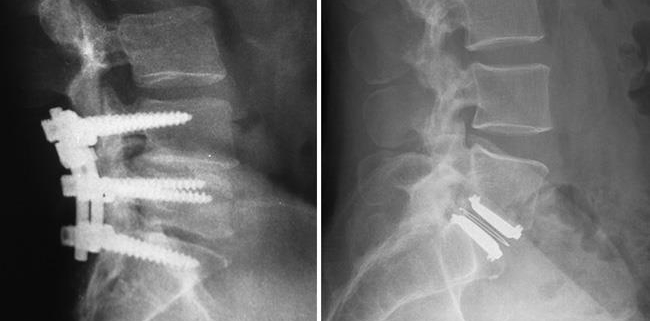
Lumbar Artificial Disc Replacement
Overview
Lumbar Artificial Disc Replacement, often simply referred to as Artificial Disc Replacement (ADR), is a type of spine surgery that involves replacing a damaged or diseased disc with an artificial one. Although not as common as spinal fusion, it offers an alternative treatment option for certain cases of chronic back pain.
Types
Lumbar Artificial Disc Replacement falls under two basic types based on the construction of the artificial disc:
1. Total Disc Replacement: This involves the complete removal of the damaged disc and its replacement with the artificial one.
2. Nucleus Replacement: In this procedure, only the nucleus of the disc is replaced with the artificial disc.
The best type for each individual depends on their unique condition and a surgeon’s expert evaluation.
Causes
The need for Lumbar Artificial Disc Replacement primarily arises from disc degeneration. Other likely causes include:
– Chronic back pain that doesn’t respond to conservative treatment.
– Herniated or bulged lumbar disc.
– Presence of disc space collapse.
– Loss of disc height.
While age, injury, genetics, smoking and occupational factors can all contribute to these conditions, sometimes no clear cause is identified.
Symptoms
The primary symptom that leads many patients to consider Lumbar Artificial Disc Replacement is persistent or worsening back pain that affects daily functions. Other symptoms can include:
– Pain that worsens while sitting or standing.
- Pain that lessens while moving or walking.
– Leg pain, numbness or weakness.
– Loss of height.
Diagnosis
Diagnosing a condition that may require Lumbar Artificial Disc Replacement involves:
– A thorough review of medical history.
– A physical examination.
- Diagnostic tests, such as X-ray, MRI, and CT scans.
– Discography, a spinal injection which helps to locate the damaged disc.
Treatment Options
Treatment for lumbar disc problems typically starts with conservative methods such as physical therapy, pain medication, and epidural steroid injections. If these fail to provide relief, or if the condition worsens, Lumbar Artificial Disc Replacement may be considered. This procedure aims to restore the disc height and relieve nerve compression, which paves the way for pain relief.
Living With Lumbar Artificial Disc Replacement
Post-surgery, most patients are able to return to their regular activities within a few weeks. The following tips will help manage life post Lumbar Artificial Disc Replacement:
– Adhere to the after-care regime suggested by your surgeon, which will likely include physical therapy.
– Maintain a healthy lifestyle that promotes bone and joint health.
– Regular exercise to strengthen the spine and reduce chances of future disc problems.
– Regular follow-ups with the surgeon to track the progress of disc healing.
– Pain or discomfort immediately post-op may be managed with medications as advised by your doctor.
When to Seek Help
If you’re experiencing chronic back pain that doesn’t resolve with conservative treatments, it may be time to seek professional medical advice. Seek immediate help if you notice:
- Increased pain.
– Difficulty in moving or walking.
– Sudden weakness or numbness in legs.
– Any changes in bladder or bowel functions.
If you’ve already undergone a Lumbar Artificial Disc Replacement, communicate any unexpected changes or discomfort to your healthcare provider promptly. Always remember, when it comes to health matters, it’s better to be safe than sorry.
